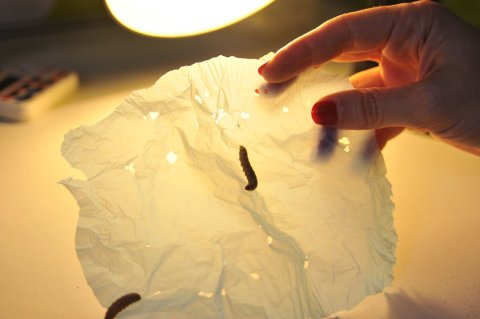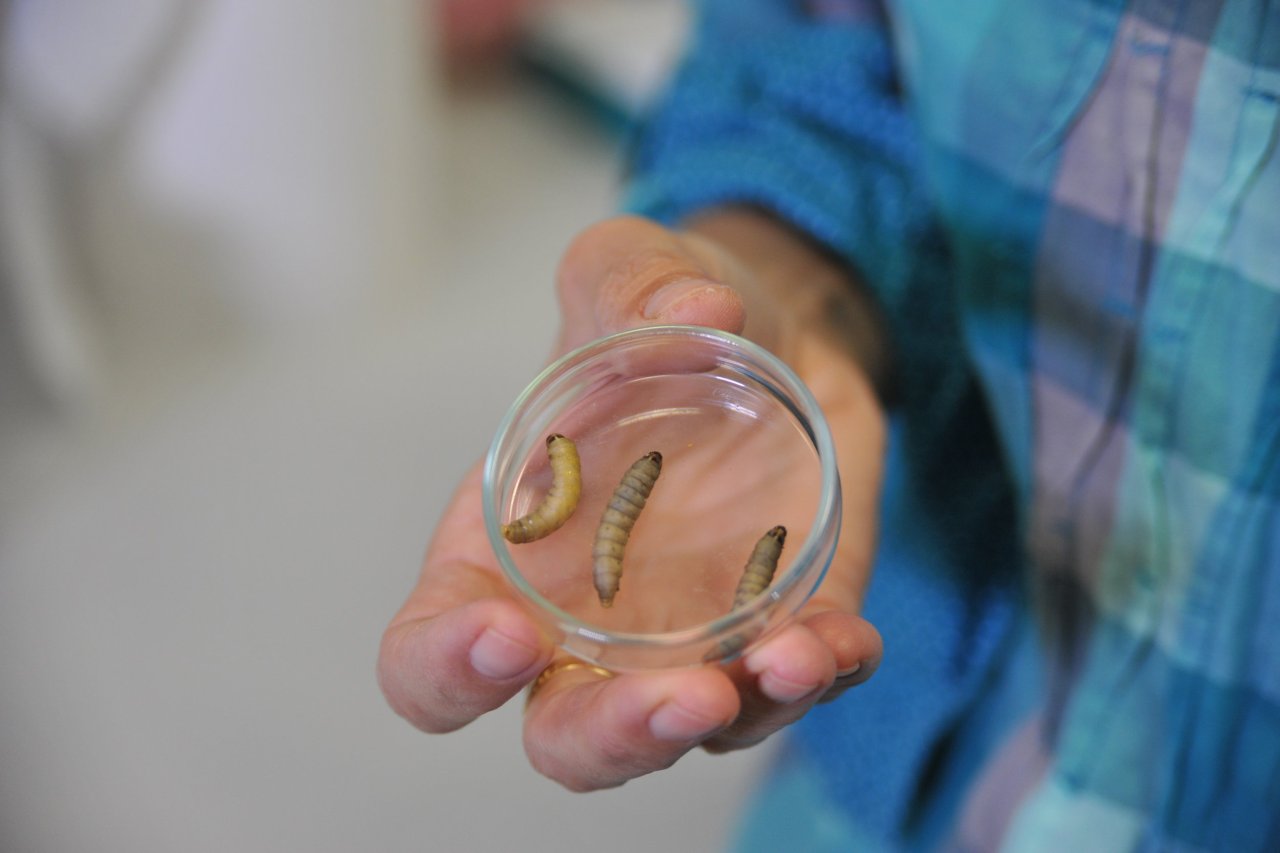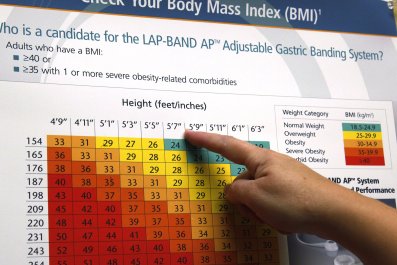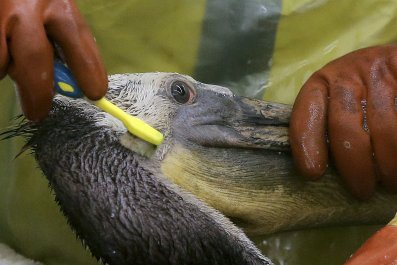Federica Bertocchini, a researcher who studies chicken embryos in Spain, is a beekeeper in her spare time. She was cleaning some old beehives recently and found they were infested with waxworms. The creatures are a pest for those who keep bees: The larvae chew through hives before eventually hatching into moths.
"In cleaning the beehives, I put the worms in a plastic bag, and after a short while they were all around and the plastic bag was full of holes," says Bertocchini, who works at the Institute of Biomedicine and Biotechnology of Cantabria. Very few organisms are known to break down plastic, and when she realized the import of this accidental find, "We started moving right away."
She contacted collaborators Paolo Bombelli and Christopher Howe at the University of Cambridge, who study plastic biodegradation. To their surprise, they found that the waxworms are capable of breaking down polyethylene, one of the most prevalent plastics used in the world—accounting for 40 percent of the overall demand.

Their initial research, published in Current Biology, shows that the waxworms can break the long carbon chain that makes up the backbone of the chemical—and that is normally highly resistant to degradation. They are apparently able to digest the plastic, producing as a byproduct ethylene glycol, which is used in industry to make plastics, and as an antifreeze.
A few microbes have been found that are able to break down plastic as well, but these act much more slowly, Bertocchini says. For example, the fungus Penicillium simplicissimum can degrade a significant amount of polyethylene after incubating for three months in a bath of nitric acid. The bacterium Nocardia asteroides can also begin to eat up this plastic after four to seven months. The Indian mealmoth Plodia interpunctella can break down bits of plastic over the course of weeks, although these animals don't appear to be able to produce ethylene glycol as a byproduct, a sure sign of polyethylene breakdown.
The waxworms (Galleria mellonella), on the other hand, produce holes in plastic within 40 minutes, and once they get going can produce as many as three holes per hour. Bertocchini says these caterpillars can break down plastic much more quickly than microbes with similar abilities. "This is way faster," she says.
The researchers don't yet know the mechanisms by which the creatures break down plastic—it may be a gut enzyme or a chemical created by the bacteria in the intestines—but they are working to narrow down the possibilities.
Marion Brodhagen, a researcher at Western Washington University who wasn't involved in this paper, says that the study could've gone farther to show the waxworms are actually using some biological process to break down the plastic. She notes that a Chinese group has already demonstrated a microbe within mealmoths, a distantly related species, can digest polyethylene. (Although these were, as previously mentioned, slower at breaking down the material.)
Identifying the active chemical or bacterium could help researchers address plastic pollution, which is a major scourge to freshwater sources and oceans. More than a trillion plastic bags are used every year, and most are not recycled.
Bertocchini says these caterpillars are likely able to break down polyethylene because it is similar to some of the waxy products present in beehives, which they infest.
The finding, to her, "points out the beauty of nature," and the usefulness of mechanisms that have evolved over the eons.

















